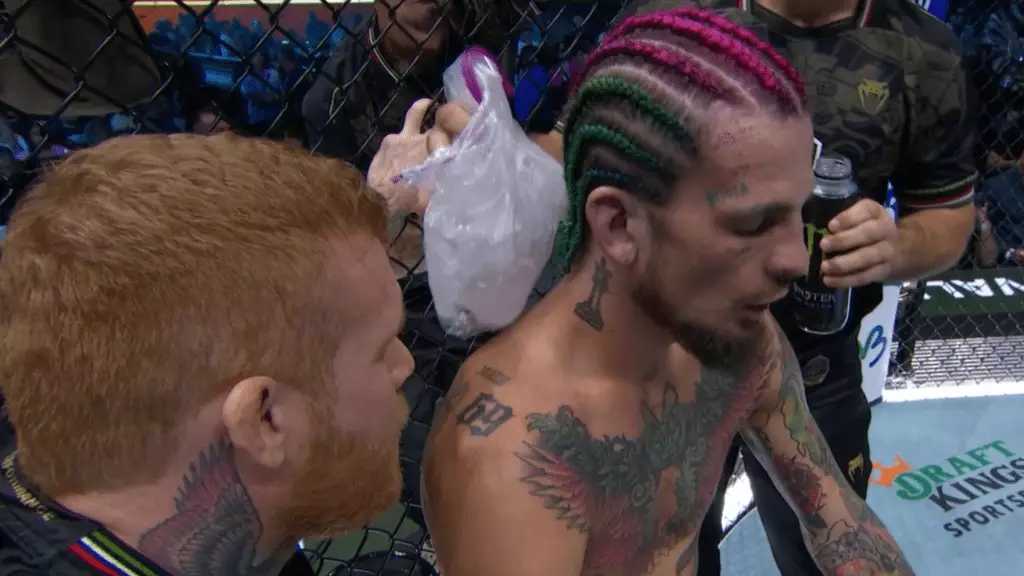At UFC 306, Sean O’Malley faced significant challenges against Merab Dvalishvili, resulting in a unanimous decision loss that raised eyebrows in the MMA community. O’Malley, who holds an 18-2 record and is known for his striking skills, found himself outmaneuvered and outgrappled throughout the bout. This fight was not just a challenge for O’Malley as an athlete but also highlighted substantial concerns regarding the support dynamics from his coaching corner, particularly from Tim Welch. As O’Malley entered the final round—down on the scorecards—it became clear that something was amiss in terms of coaching strategy and urgency.
Matt Serra, a respected UFC Hall of Famer and Dvalishvili’s coach, conceptualized the fight’s dynamics, especially criticizing Welch’s performance in the corner. The essence of corner guidance in high-stakes situations like championship fights cannot be overstated. Coaches must navigate the emotional and strategic aspects of their fighters’ performances, particularly in moments of adversity. Serra pointedly remarked about Welch’s tendency to avoid blunt honesty, indicating that, instead of fostering resolve in O’Malley, the corner displayed an alarming lack of urgency. Serra argued that when a fighter is visibly struggling, a coach must be proactive in adjusting the strategy rather than being passive and overly sympathetic.
The essence of coaching is not merely to cheerlead but to provide a reality check that can reinvigorate a fighter’s performance. In O’Malley’s case, the corner failed to recalibrate the approach necessary for a fighter finding themselves on the losing end of a match. As the fight transitioned into the later rounds, the necessity for tactical adjustments and motivating words became paramount, yet it was sorely lacking.
O’Malley’s performance, marred by his revelation of tearing his left hip labrum weeks prior to the match, raises questions about how injuries can affect a fighter. Disclosure of such an injury can elicit sympathy from fans but also casts doubt on the corner’s decision-making leading up to the fight. Why would a fighter’s team allow him to compete under such physical duress? The decision may indicate a gap in communication and expectations between the fighter and his camp.
Moreover, the injury raises awareness regarding the broader conversations within the sport concerning health, safety, and the responsibilities of coaches. Fighters are often encouraged to push through pain, but the underlying risks associated with such decisions can have long-standing impacts both physically and mentally.
The events at UFC 306 provide vital insights into the complexities of coaching and fighter dynamics in mixed martial arts. As O’Malley faces surgery and potential recovery, the lesson for fighters and coaches alike should center around clear communication, realistic assessments, and the courage to adapt strategies in the heat of battle. The role of a corner extends beyond just providing comfort; it includes a decisive commitment to a fighter’s performance that can influence the outcome of matches, particularly against formidable opponents like Dvalishvili. Moving forward, both fighters and coaches must learn from these experiences to foster a more effective and responsive approach in the high-stakes world of the UFC.

